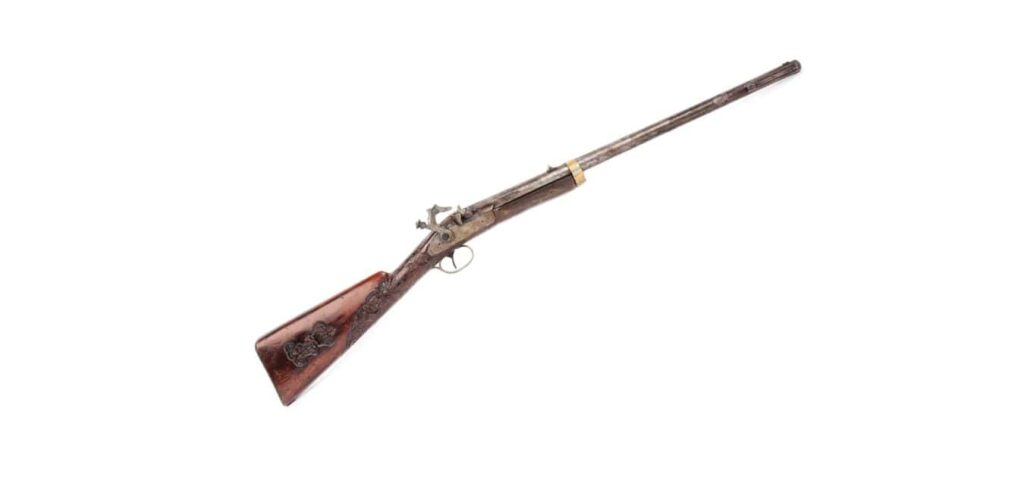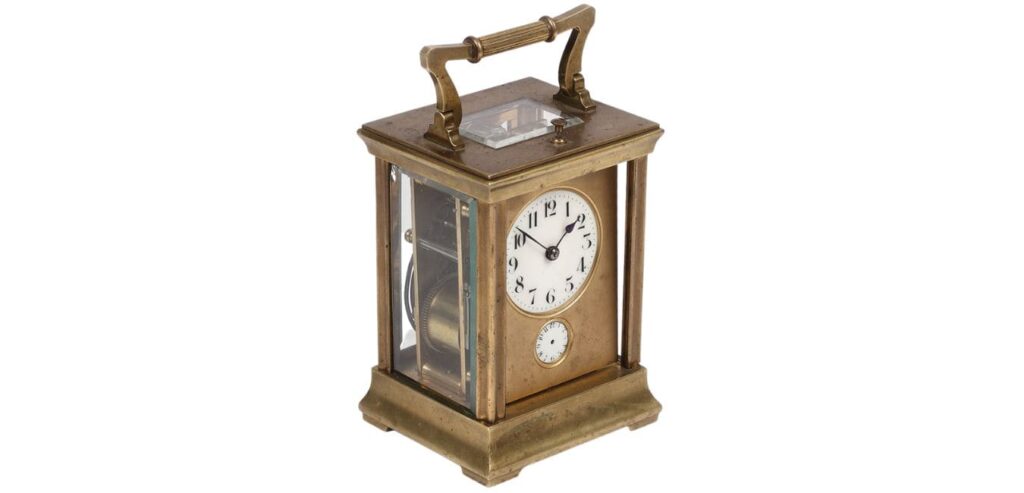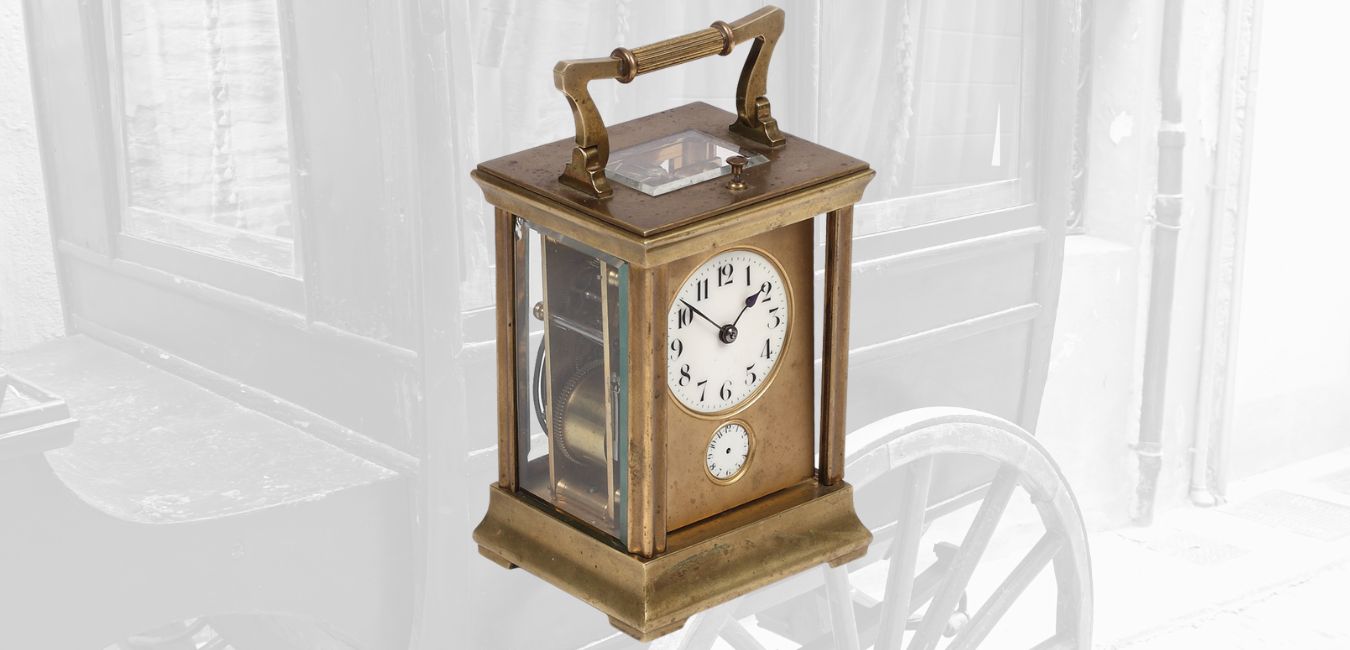Historical exhibition at the Cesianu-Racoviță Palace in Bucharest on the occasion of the 164th anniversary of the historical act of the Union of the Romanian Principalities of January 24, 1859, which put the new state of Romania on the political-administrative map of Europe. For the first time, Alexandru Ioan Cuza’s hunting rifle and Mihail Kogălniceanu’s carriage clock are displayed for the general public. Thus, the 2 historical pieces of museum value will be able to be admired in the one-day exhibition on Tuesday, January 24.
The Hunting Rifle of Alexandru Ioan Cuza

The hunting rifle of Alexandru Ioan Cuza was made in the middle of the 19th century and bore on the barrel the gilded princely monogram of the first ruler of the national state of Romania. The rarity, with the mechanism inscribed „Manufactura Română„, catches the eye with its frugal character, despite the extension of the decorations. It is known that, in the era, hunting was the sport of the nobility, even more of the officers, between passion and social obligation, and Alexandru Ioan Cuza was no exception. The weapon is one of the panoply, disabled, and non-functional. A piece of the same value – the carbine of ruler Alexandru Ioan Cuza, „Manufactura Română”, is in the collection of the Bucharest City Museum.
Alongside Alexandru Ioan Cuza, he lived the happiness of a fulfilled ideal – the Union – and Mihail Kogălniceanu, who had a significant role in the unfolding of the events of 164 years ago: a deputy in the ad-hoc Assembly, leader of the Union Committee movement, first- Minister of Moldova, Minister of Foreign Affairs and President of the Romanian Academy.
The Carriage Clock of Mihail Kogalniceanu

Thanks to a happy circumstance, in the small exhibition dedicated to the celebration of 164 years since the Union of the Romanian Principalities, the carriage clock that belonged to Mihail Kogălniceanu will also be exhibited. The 19th-century collector’s item is made of bronze and crystal and is part of a private collection. The role of carriage clocks was to measure time during long journeys. Interestingly, these carriage clocks, made to be resistant to the shocks associated with movement, used a balance (like a contemporary automatic clock) instead of a pendulum, so they did not have to be turned. In Romania, until the railway construction that connected Muntenia with Moldova, a journey from Bucharest to Iași by carriage took 4-5 days. Mihail Kogălniceanu’s carriage clock was purchased from a public auction organized by Artmark in 2015 for the auction price of 1,600 euros.
At the same time, visitors will have the opportunity to admire a rare copy of the „History of Wallachia and Moldavia” by Mihail Kogălniceanu, from 1837, which will be auctioned on February 2, alongside an impressive collection of rare books, first editions, documents historic maps, old maps or vintage photographs depicting famous personalities or historical events.
The exhibition at Palatul Cesianu-Racoviță, str. C.A. Rosetti no. 5, will be open for visits according to the usual schedule: 10:00-20:00.



